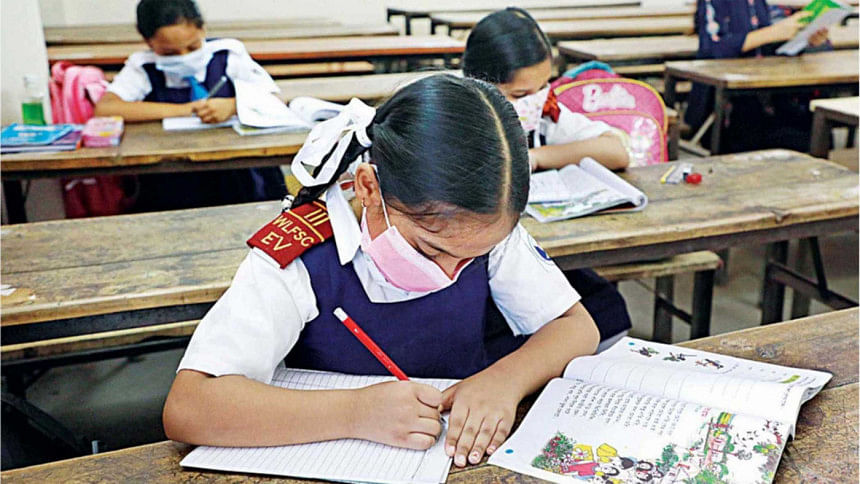Where are the ‘missing’ students?

It is worrisome that about one-third of secondary students and one-fifth of primary students are staying away from in-person attendance in classes since educational institutions opened doors after Covid-induced shut down, according to a research titled "Safe Back to School." The study, conducted by 21 national and international organisations, highlights that the attendance at the secondary level was between 57 and 69 percent whereas it was between 65 and 86 percent at the primary level.
Due to Covid-19, which wreaked havoc on society, students were forced to stay at home on health and safety grounds for 18 long months. By now, it has been widely reported that online classes were not the right solution to impart education to millions of primary and secondary level students during this long stretch, especially for those from economically marginalised and rural backgrounds, who neither had the means nor the technological know-how to follow the courses. Given the long gap in learning, coupled with the economic hardship that families were subjected to during the pandemic, it is not altogether shocking that the drop-out rates are so high.
The study indicates that students in the rural and semi-urban areas are missing from the classrooms because they got involved in economic activities to supplement family income, or their parents had to migrate with their entire family to other places in search of a livelihood; in some cases, they were moved to other educational institutions either because they were cheaper or were nearer to the students' homes.
As for the absence of girl students, the research hit the nail on the head. It was found that the main reason was child/early marriage throughout the country. This aspect has been covered extensively by the media and as a result of the widespread reporting, in many instances, the administration took immediate measures to stop such illegal marriages. It is quite a contrasting revelation that the proportion of girls' attendance was higher than that of the boys during the said survey.
These missing students should be a major cause of concern for policymakers, educationists and social scientists as their continued absence would constitute a big loss to the country in the coming decades. It is of utmost urgency that the ministry of education, in coordination with other ministries and stakeholders, work collectively to address the complex reasons for the students' absence. They must identify the missing students and endeavour to bring them back to the classroom by offering various kinds of incentive packages to children from economically marginalised backgrounds as well as expanding safety net programmes for their families. The government must also focus on reducing the learning gap and make schools interesting again to prevent further dropouts.

 For all latest news, follow The Daily Star's Google News channel.
For all latest news, follow The Daily Star's Google News channel. 



Comments